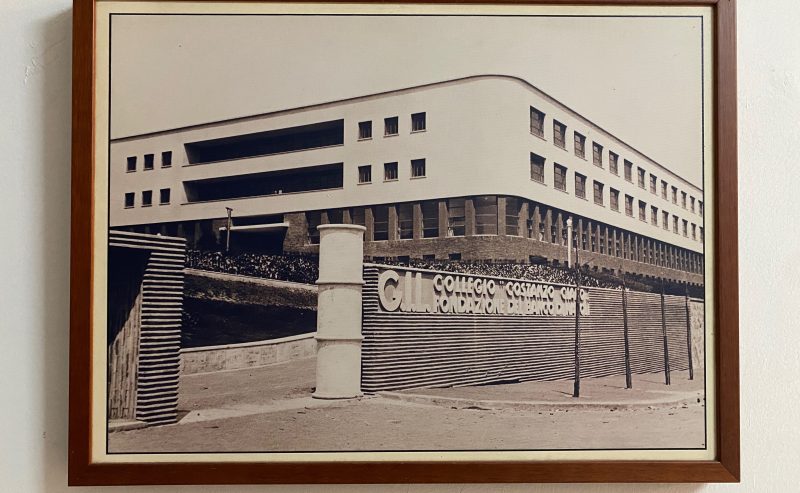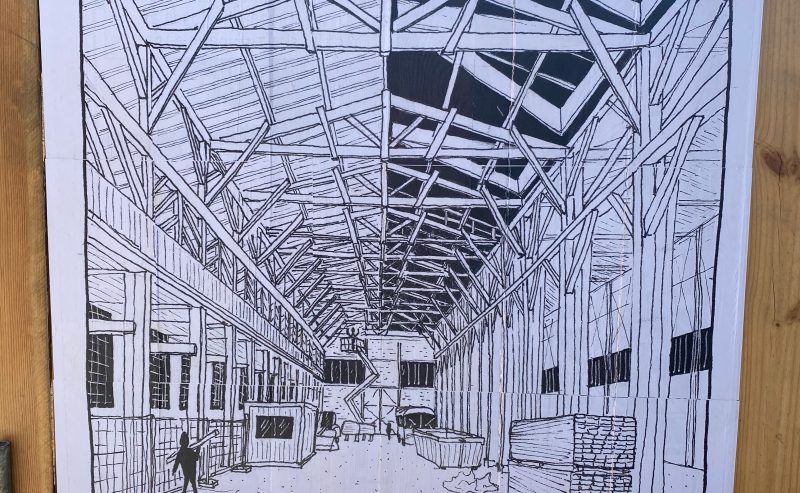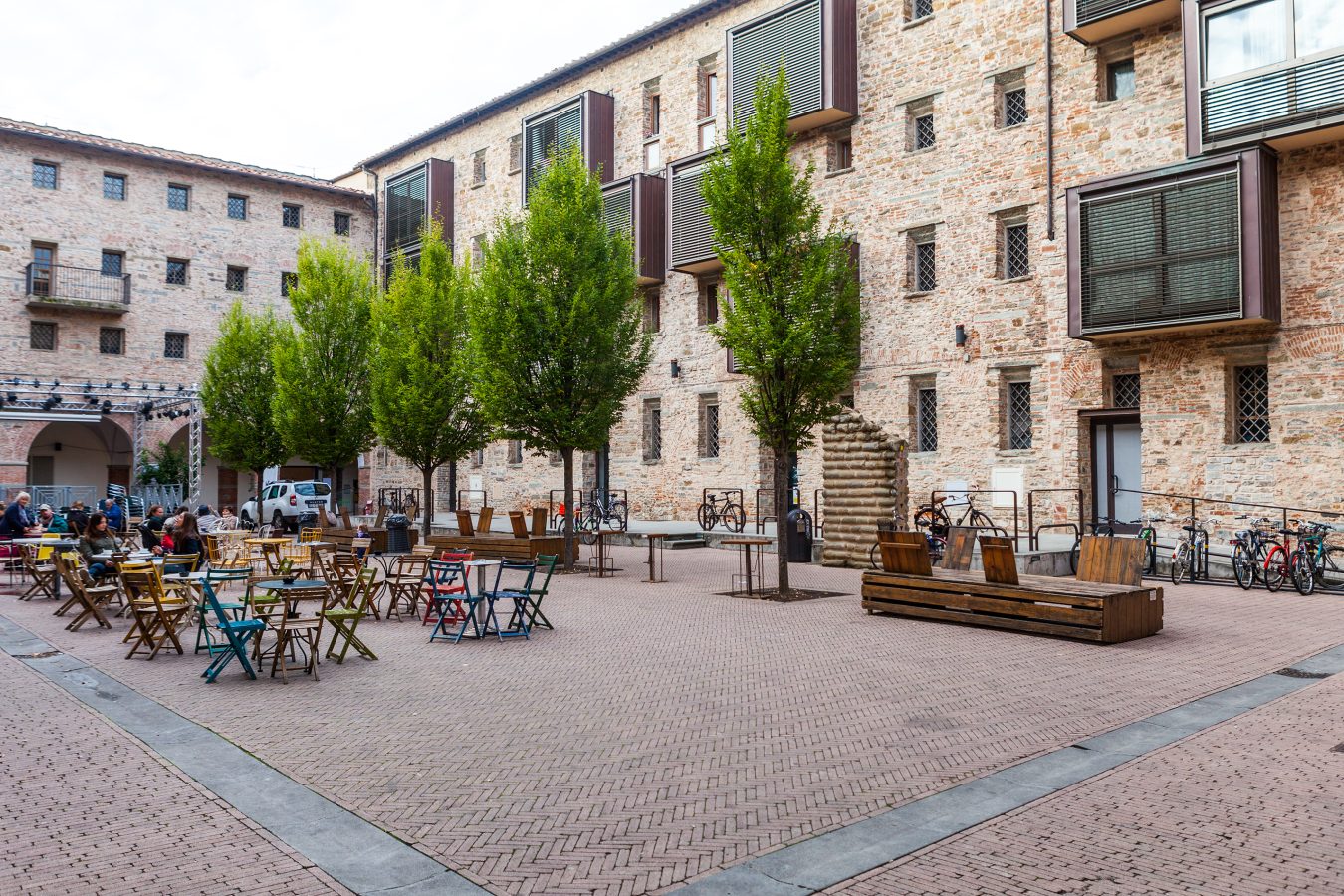
Koľaj 22 – Poprad
Koľaj 22 is an underground cultural centre located next to the railway tracks of Poprad’s main station, in a former carpentry workshop. Over the past years, it has been regenerated by a collective of young people into a safe and open space for alternative communities in the region. The centre regularly hosts music and cultural […]







